It takes a whole lot of determination to plan and execute the launch of a new publishing house, but to do just that during a global pandemic takes an extra level of passion, as demonstrated by Rebeka Russell, Publisher of Manderley Press, a brand-new company founded to celebrate “books that feature memorable and distinctive buildings, cities or landmarks”.
Named after the house in Daphne du Maurier’s Rebecca, Manderley Press exudes elegance and attention to detail - think exceptional design, illustration and production values, as embodied by Manderley Press’ launch title, a glorious edition of Robert Louis Stevenson’s Edinburgh: Picturesque Notes. Alongside offering readers an engaging armchair voyage into an enchanting city, the hardback format and high-quality paper make this a book to treasure. Then there’s Alexander McCall Smith’s fascinating introduction, and glorious illustrations by Iain McIntosh - what a book to launch with.
Ahead of Manderley Press’ first publication scooting out into the world, we were delighted to chat to Rebeka about her publishing journey. Alongside sharing fascinating insights into the world of creating books, her passion for art, design and books-as-beautiful-objects is utterly infectious.
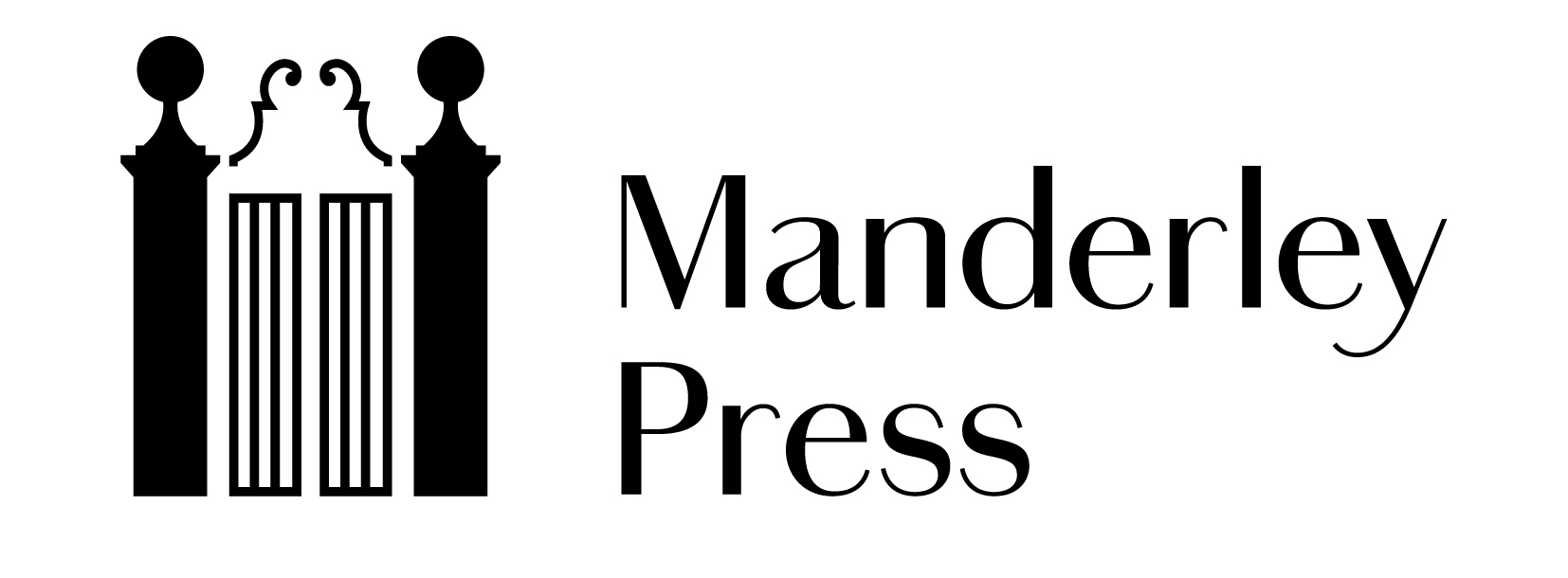
What was your route into the publishing world? Was it a long-held aim?
Looking back it seems obvious that working in the publishing world would be the perfect job, but honestly the thought never occurred to me! I fell into bookselling by accident and absolutely loved it – I moved to London after uni and was lucky enough to get a job at Daunt Books on Marylebone High Street. From the very first day on the shop floor, I was smitten. After that, one job led to another and I went on to work for independent publishers Persephone Books and Thames & Hudson, and then editorial roles for the in-house publishing teams at the National Gallery and the National Portrait Gallery.
In between all that I was a member of the Society for Young Publishers (SYP), worked for a time at the bookshop in my hometown (the Whitby Bookshop), and won an Unwin Trust Scholarship (which took me to Australia for three months to research trends in book and cover design in art and museum publishing). After having kids, I turned to freelance editing and project management, and have had the absolute joy of working with words and images for publishing teams at the V&A, the Tate, the Design Museum, the Henry Ford Museum and the British Museum as well as independent publishers – Yale UP, and most recently, the fabulous Eiderdown Books.
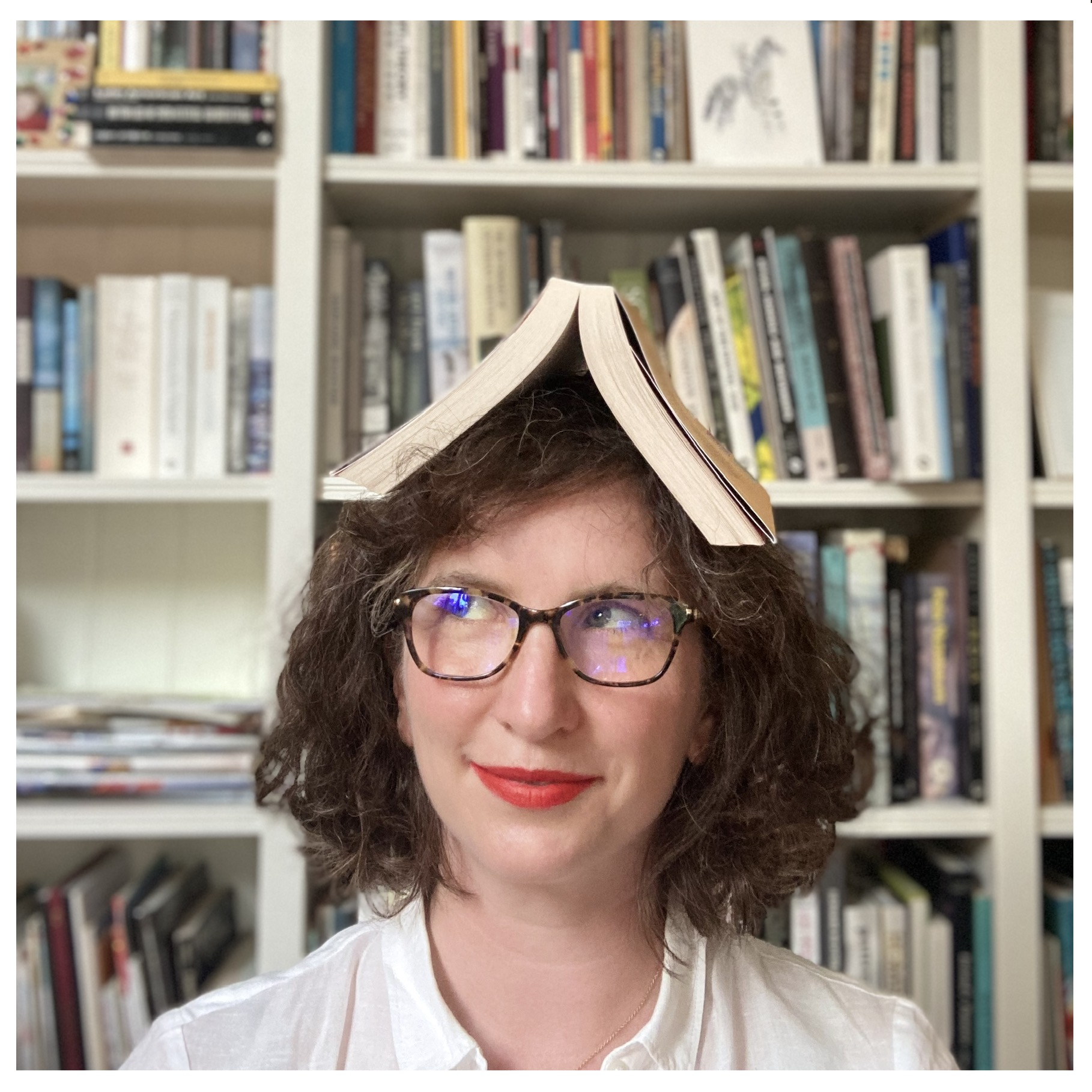
What changes have you seen in the book world through your career?
There’s obviously been a huge change in technology and the physical way that books are put together throughout the course of my career. It doesn’t seem that long ago that I watched an editor cut up bits of text and glue them to a page with post-it notes for picture guidance! It’s been exciting to see how these changes can streamline editorial, design and production decisions, and then the sales, marketing and publicity campaigns for a book. But I also think that a love of reading, and of collecting or buying books as beautiful objects in their own right, has come into its own in recent times. The bookshop visit has become a luxurious treat, especially after Covid, which makes for a powerful book-buying experience. Combine that with online sales – where social media campaigns around a book’s publication, plus a gorgeous eye-catching cover, have become essential to reach out of the screen and grab the buyer’s attention – and there is fertile publishing ground. There are new and creative ways of welcoming readers evolving all the time – we as publishers need to be open-minded about how we engage with those changes.
Was setting up your own publishing house a long-held aim? What’s the raison d'être of Manderley Press?
The idea of Manderley Press was dreamed up a few years ago and, frankly, I had been boring the pants off my family and friends talking about it until Covid arrived. I have always loved books, art, travel and old houses, but when lockdown happened and my usual editing jobs were put on hold, I decided the time was perfect to set up Manderley Press and find a way to merge all those interests into one publishing project. Armchair travel and literary escapism had never seemed so important!
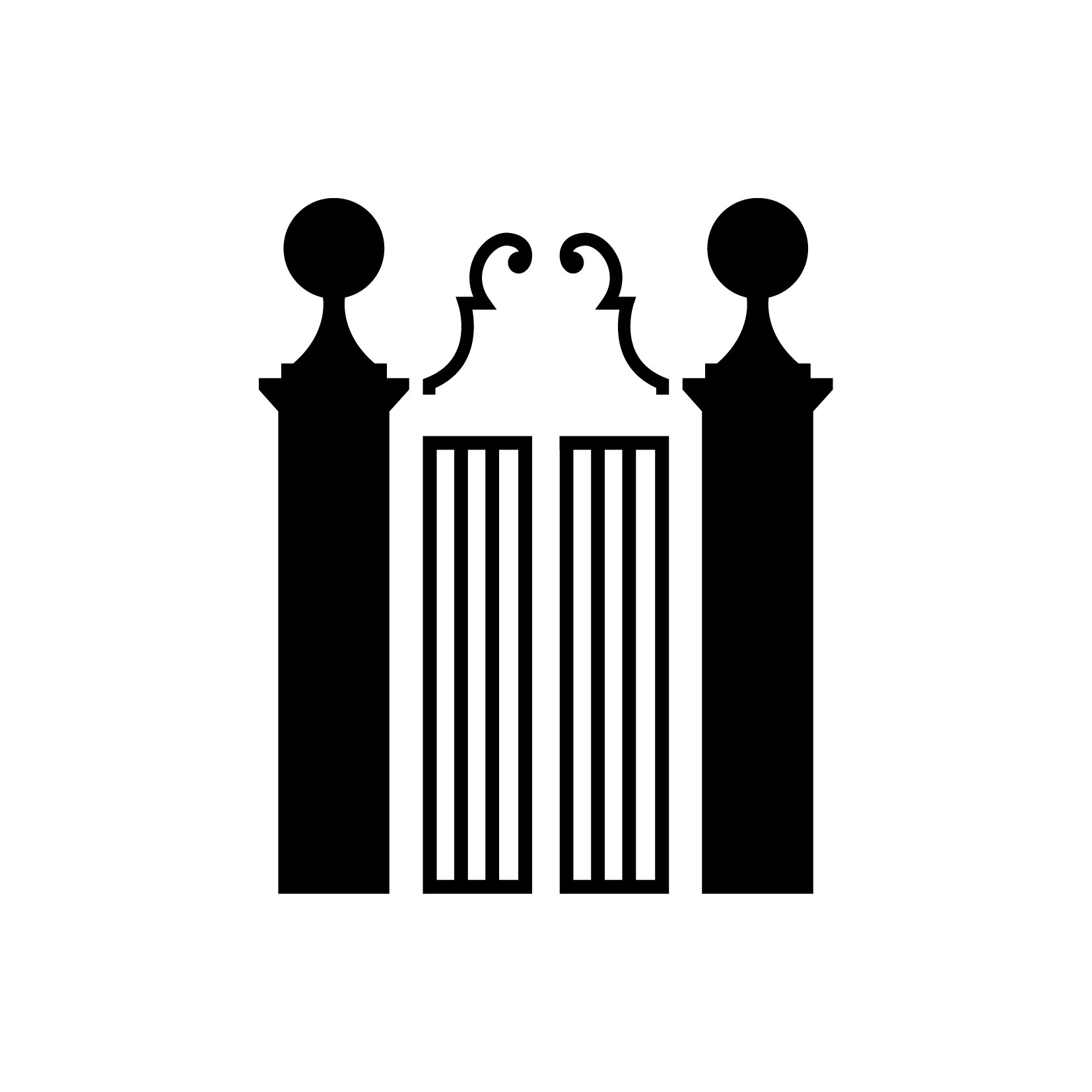
What challenges have you faced while establishing Manderley Press, and what are you most proud of having achieved so far?
The most obvious challenge in setting up Manderley Press was realising straight away that despite thinking I knew all about publishing, I was in fact at the bottom of a very steep learning curve! I am incredibly lucky – I reached out to former colleagues, work contacts, my favourite bookshops and publishers, to fellow readers and friends and experts in old houses and old books. None of this could have happened without their generous support, advice, encouragement and practical help. That means everything from buying an ISBN and writing a contract, to securing the author of my dreams and working out how to set up an online shop. I am most proud of having the courage to give it all a whirl – but ask me next week when I have an actual physical copy of the very first Manderley Press book in my hands, and I’ll probably be too choked up to explain how excited and thrilled and proud I am about that!

Tell us about some of your upcoming books. Which books are you launching with? What treats are in store for readers in the coming months?
The Manderley Press launch title is Edinburgh by Robert Louis Stevenson, with a brand-new introduction by Alexander McCall Smith and a freshly commissioned front cover and interior artwork by Iain McIntosh. Both Alexander and Iain live in Edinburgh and have been inspired by Stevenson – and each other’s work – throughout their careers. This new edition of Edinburgh is a reflection and a celebration of their shared admiration for Stevenson, and their love of Edinburgh as a city. I am biased of course, but it is a beautiful object in its own right, and reads like a dream – it offers a fascinating and accessible tour of Edinburgh: poignant, dark, descriptive and humorous too, which makes it perfect reading for old and young, for those who live in Edinburgh and armchair travellers alike. The book was first written nearly 150 years ago, but as McCall Smith notes in his introduction, it is like “we are in the company of an agreeable and relaxed guide giving us an anecdotal run-down on Edinburgh over a cup of coffee.” Interestingly, many of the buildings, places and people Stevenson introduces in Edinburgh later feature in his adventure novels: Kidnapped, Treasure Island and The Strange Case of Dr Jekyll and Mr Hyde.
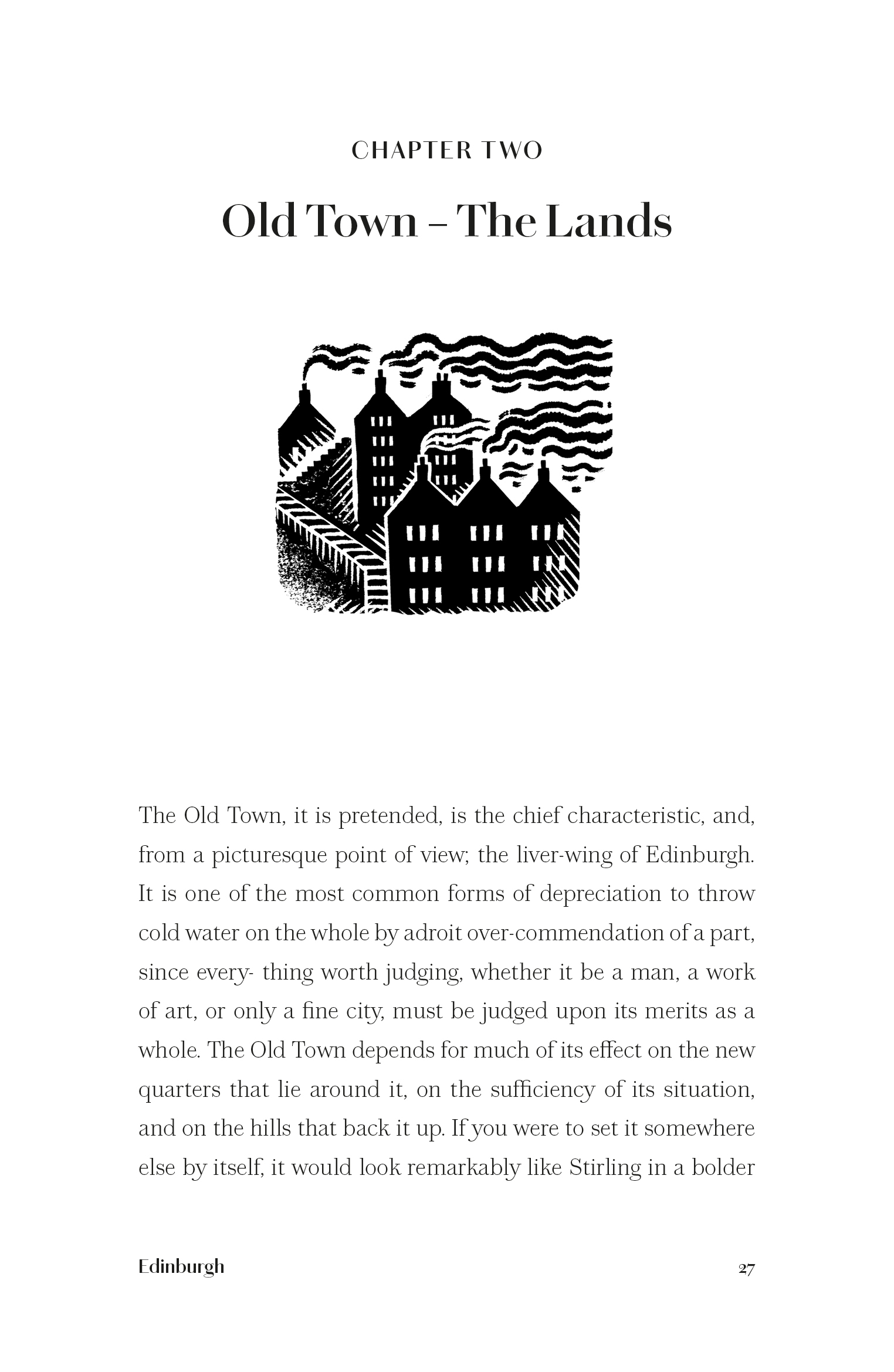
Following that, we have a children’s book due to be published in the New Year – The Armourer’s House by Rosemary Sutcliff – introduced by Mudlarker, historian and Sunday Times bestselling author Lara Maiklem, and illustrated by award-winning graphic novelist Isabel Greenberg. I saw a draft cover design last week and am beyond thrilled. Lara and Isabel’s shared interest in London and in history, in the craft of story-telling, and of finding wonder in historical objects has made for the ultimate dream team. This book was a favourite of mine as a child and I can’t wait to share it with a twenty-first audience.
Beyond that there are another four books in the pipeline – all of them carefully chosen to engage with, and appeal to, readers of all ages, across various genres. It goes without saying that each of the books on the Manderley Press list are favourites of mine. Some of them have been on my shelves since I was a child (like The Armourer’s House), but others I have discovered along the way, finding out about the history of characterful houses, places and people I’ve visited and met over the years. I can’t share full details yet, but I can tell you, tantalisingly, that the forthcoming titles are set on the Channel Island of Sark, in England, in New York and in Japan too.
High-production values and elegant design are at the heart of what you do. How do you scout artists and designers to work with? Could you share some stories about how you connected with artists and designers you’re currently working with?
I have always loved beautiful patterns, colour, book illustrations; I consider myself incredibly lucky to have worked in museums and galleries, editing illustrated art books and exhibition catalogues for most of my publishing career. Inevitably while doing so, I met and worked with a huge variety of artists, designers and illustrators. But sometimes it’s the connections that the writers themselves have with artists that determine the eventual choice for a book cover. For example, Alexander McCall Smith loved the idea of writing the introduction to Edinburgh, and he knew that illustrator Iain McIntosh also shared a deep affinity with the city – he put us in touch and suggested the project to Iain, which was a dream come true for a fledgling publisher such as myself. Both friends live close to the places Stevenson wrote about in the book, and were able to describe and illustrate the buildings and places he mentioned therein with the most exquisite attention to detail. If illustrators have a strong connection to the place, the work and/or the writer, then magic happens on the front cover! That is certainly the way it has worked with Isabel Greenberg too. Her graphic novels are firm favourites in our family, and it was a dream come true when she agreed to design the front cover and chapter openers for The Armourer’s House. It’s a children’s book written in the 1950s, but set in Tudor times, and Isabel has researched old maps and woodcuts to create the most gorgeous front cover. I can’t wait to share it!
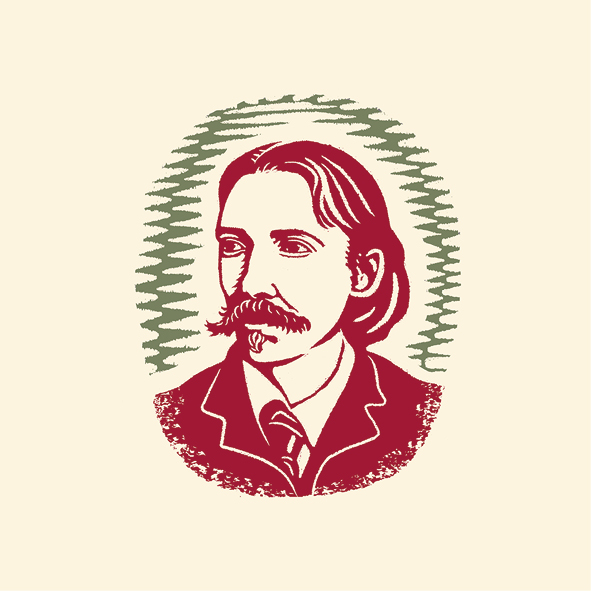
How do you select people to write the introductions to your books? Do you always have a clear idea about who you want?
That’s a great question! Often I have a very clear idea of who I would like to write an introduction, and other times I have several names on a list. Sometimes new ideas for exciting writers with links to the heart of the place in a particular book pop onto my radar when I’m least expecting it, and that’s probably the most exciting development – when you make a connection between two writers who complement each other perfectly and you know it’s going to make for a really great book.
Which book(s) have you re-read most often?
Since having kids (who are now aged 12 and 9), I have found myself re-reading many of my favourite childhood books; I love it when they recommend a book to me that they’ve enjoyed, only to find I devoured it at their age too! I struggle to try and keep on top of my ever-growing TBR pile but every now and again I return to old favourites – comfort reading if you like: Daphne du Maurier of course, but also E.M. Delafield’s Diary of a Provincial Lady, anything by Nancy Mitford, Haruki Murakami’s early novels and Stephen King’s The Stand.

Which authors would you invite to your dream literary dinner party?
Well obviously I would love to invite Robert Louis Stevenson and seat him next to Alexander McCall Smith. They’d have so many stories about Edinburgh that we’d all be completely mesmerised. Rosemary Sutcliff and Lara Maiklem would make for great dinner party guests too: paired as they are for Manderley Press book number 2, it would be fascinating to hear them discuss London, literature and a life by the Thames. In an ideal world I’d also invite Anne Patchett and Hilary Mantel (their literary descriptions of place and buildings and houses has always inspired me), alongside Philippa Perry and Colson Whitehead too – I heard him speak about his new book on the radio last week and as well as being an awe-inspiring author, he has an infective giggly laugh which I for one would love to hear in person!
And, given your love of art and design, which visual artists would you invite to your dream arty party?
This one is tough: there would be so many artists on the guest list that they’d have to queue up outside the house and down the street. To start with I would invite May Morris, Edward Bawden, Yayoi Kusama, Eric Ravilious, Eleanor Macnair, Ed Klutz, Lubaina Himid, Herge, Rhona Haszard, Tom Gauld and Sonia Delaunay. I’m fascinated by the work of each of those artists – colour, media, outline, form and pattern – the party would definitely go on into the small hours!
How do you like to spend your time when you’re not working on Manderley Press?
There’s a lot of randomness in life right now, which is just the way I like it. I am a great fan of pootling, of ransacking second-hand bookshops, chatting with my kids, drinking coffee, meeting friends and family to share a good meal and, if I can convince anyone to join me, wandering around an exhibition or an old house.
Tell us a secret about books…
Well it’s not really a secret, but we have a family saying – “books make for great insulation” – so if we’re ever dithering about a book purchase, we trot it out and feel much better about increasing our energy efficiency and reducing our bills, just by buying a book!
Stay in touch and find out more:
Website: www.manderleypress.com
Twitter: @manderleypress
Instagram: @manderleypress
Facebook: @manderleypressltd
Be sure to check out the stunning launch title, Edinburgh: Picturesque Notes, and head here to read the rest of our Industry Insights articles.


.jpg)
Comments (0)
Leave A Reply
You must be logged in to post a comment.